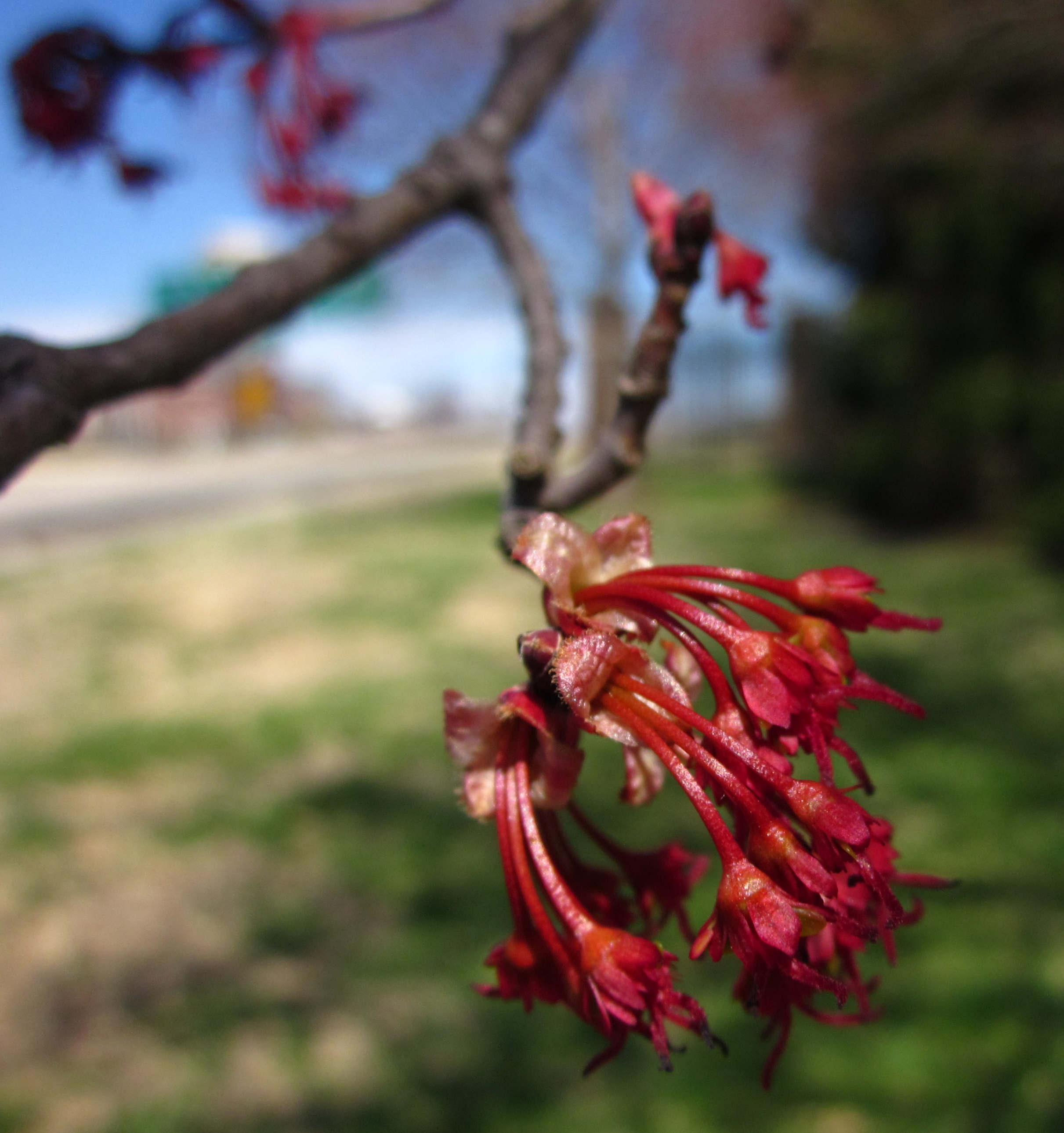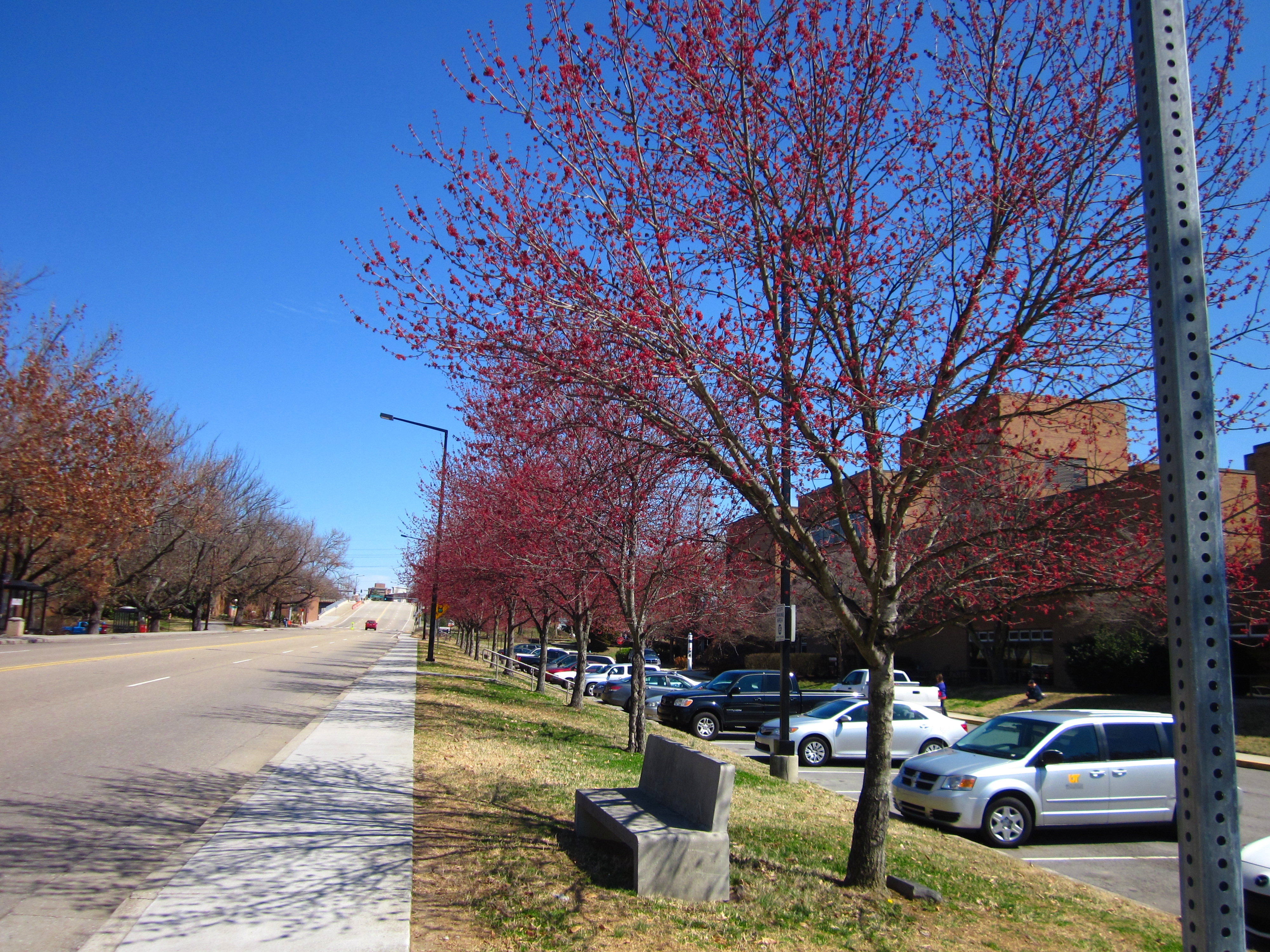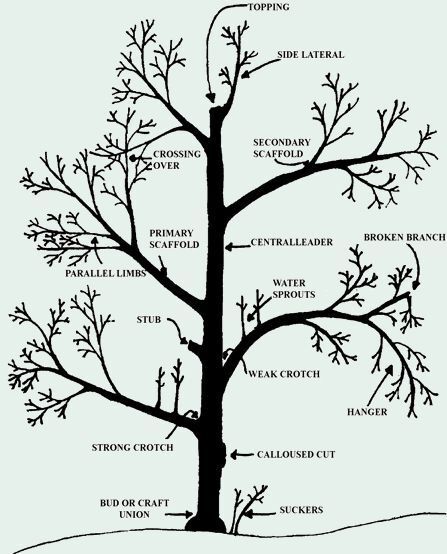 |
| Introductory page to Twelve Views of Guiana. Note the V. amazonica in the water. (Schomburgk, 1841) |
Kew currently cultivates two species of giant waterlily, both of which are in the waterlily family Nymphaceae. Victoria amazonica (2007-1804, KKNO), formerly V. regia, grows in the Princess of Wales Conservatory and V. cruziana (2011-1436, HSIK) in the Waterlily House.
Discovery and Present Range
According to Ray Desmond in The History of the Royal Botanic Gardens Kew, V. amazonica was first seen by a European, a botanist for the Spanish government, in 1801 in Peru. Subsequently, botanists from France spotted the species in Argentina in 1828, a Germany botanist found it in the Amazon in 1832, and Robert Schomburgk found it on the River Berbice in British Guiana in 1837. Schomburgk shared parts of the plant that he collected and drawings with John Lindley (who had an influential role in keeping Kew intact during a turbulent period in its history). Lindley named the plant Victoria reggia after Queen Victoria (Desmond, p. 178).
 | |
| Tom and Tiffany prune and remove flower buds from V. amazonica in the Princess of Wales Conservatory |
Cultivation at Kew
Victoria amazonica was first cultivated at Kew in 1846, when twenty five seeds were bought from a collector from Bolivia. Only two of the seeds sprouted, but they died shortly afterwards. The issue seemed to be how the seeds were transported from Bolivia to England. The first shipment had been packed it clay, and the next two were packed in soil in a Wardian case, dry capsules. A fourth shipment of seeds packed in clean river water that arrived in 1849 was more successful. That season Kew was able to raise 50 plants in a large tank in one of the glasshouses.
 |
| Visitors from around the globe stop in the Waterlily House to inspect V. cruziana |
The popularity of the giant water lily inspired Kew's director at the time, William Hooker, to commission a new building to house and display these finicky plants. They completed the structure, today known as the Waterlily House, in 1852. However, V. amazonica did not thrive, and was moved to another house (Desmond, p. 179). Today you can find V. cruziana growing there in its place (Desmond, p. 313).
It is interesting to note that the V. cruziana growing at Kew wasn't the original collection. Kew lost all specimens of this plant during World War II. At that time, the conservatory at the University of Helsinki was damaged during a bombing. Helsinki's V. cruziana survived the attack, and the progeny were sent to Kew, where they have been cultivated in the Waterlily House since 1999 (Desmond, p. 358)
Characteristics
Foliage
As is true of many plants, the foliage of Victoria unrolls as it opens. The underside of both V. amazonica and V. cruziana is covered in sharp spines. The prickly spines beneath the opening leaves gives a strange, otherworldly appearance to the new growth. These spines help prevent the leaves from being eaten by hungry fish, which would negatively effect how the foliage functions.
 |
| Unfurling new growth of V. amazonica |
Another interesting fact about Victoria leaves is that the foliage will grow to the size of the container. When I asked Silke, who works in the Waterlily house about the feasibility for growing V. cruziana at home, she concluded that it would be possible, but difficult. And if placed in the size pond that is regularly found in a home landscape, the foliage wouldn't be much larger than that of any other lily pad.
Differences
 |
| Although the leaves of V. cruziana (above) are smaller than V. amazonica, it has a much taller lip. |
This year, the staff competed to see who could produce the largest lily pad by a certain date. Silke in the Waterlily house told me that her group had lost the competition because they got a later start. I asked Tom, an apprentice, and Tiffany, a staff member, in the Princess of Wales Conservatory about the wager. Tom grinned and said, "Yeah, it wasn't even close."
Although the foliage of V. amazonica may grow larger than V. cruziana, the edge of the pad is not as tall. While this may not seem that important at first, a tall edge is crucial to prevent other leaves that would compete for sunlight from sliding on top of the pad. This lip can also be more aesthetically appealing. It provides more of a reflection on the water, and is really lovely when the sunlight shines through.
Flower
 |
| Unopened V. amazonica flower bud, held by Tom, an apprentice in Kew's Princess of Wales Conservatory |
However, the species in cultivation at Kew are allowed to flower later in the year, because the seed is vital to producing the next season's crop. Neither V. amazonica or V. cruziana will reliably overwinter at Kew, even if provided the best possible environment. So, staff pollinate the flowers by hand, store the seeds in water, and start new seedlings early in the year and grow them on in the Tropical Nursery glasshouse so when they are ready to move they are large and ready for visitors.
Cultivation
 |
| Tom disects the unopened flower bud of V. amazonica so we can inspect the anatomical features |
In Kew's online profile of V. amazonica, they note that aphids can be a problem at times. They try to reduce pest and disease pressures by keeping the plants healthy and happy by adding plenty of fertilizer, growing in a large enough pot, and regular pruning.
A Sight Worth Seeing
 |
| Victoria amazonica can be seen in Kew's Princess of Wales Conservatory |
 |
| Kew's Victoria cruziana is on display in the Waterlily House |
Sources:
- Center for the International Trade in Endangered Species database
- Desmond, Ray. (2007). The History of the Royal Botanic Gardens Kew (2nd Edition). London: Kew Publishing, Royal Botanic Gardens, Kew. 177-179, 345-346.
- Kew's Living Collections database
- Missouri Botanic Gardens plant finder database
- Perennial Resource glossary
- The International Union for Conservation of Nature and Natural Resources Red List of threatened species
- The Plant List website
- The Royal Botanic Gardens, Kew website and staff
- Schomburgk, Robert H. (1841). Twelve views in the interior of Guiana from drawings executed by Mr. Charles Bentley, after sketches taken during the expedition carrier on in the years 1835 to 1839, under the direction of the Royal Geographical Society of London, and aided by Her Majesty's government with descriptive letter-press. Retrieved from The New York Botanical Garden Mertz Digital Collections.

























